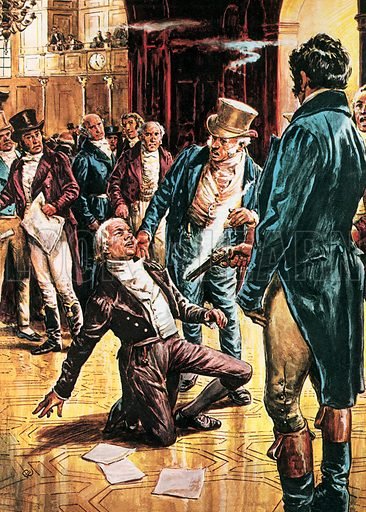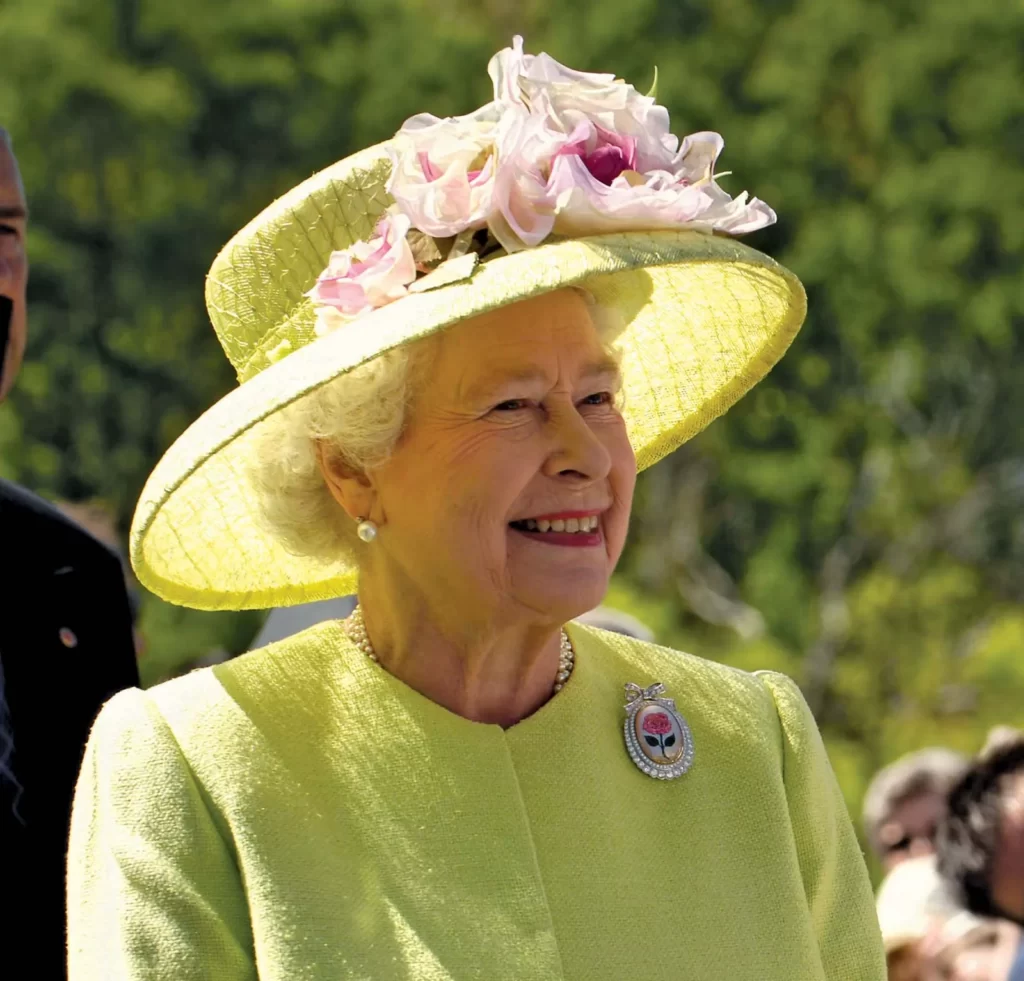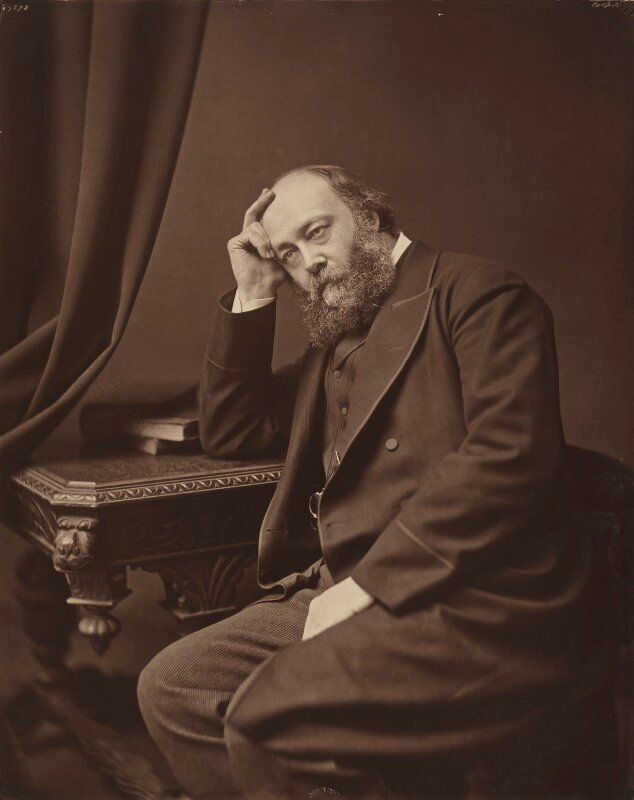With the resignation of Boris Johnson on July 7th, let us take time to look at the statistics and records of British Prime Ministers over time (as of July 7th 2022):

#1
Only 1 British PM has ever been assassinated. This occurred when Spencer Perceval was killed about two and a half years after assuming office, when shot by merchant John Bellingham in the Parliament lobby, who was annoyed at having been annoyed at receiving no compensation for a stint imprisoned in Russia. Some PMs have survived assassination attempts such as Sir Robert Peel and Margaret Thatcher, to name a couple.
The USA has seen four US presidents assassinated. These are; Abraham Lincoln (1865), James A. Garfield (1881), William McKinley (1901), and John F. Kennedy (1963).
#2
Two women have occupied the role of PM, firstly Margaret Thatcher was appointed in 1979 and Theresa May became a leader in 2016. (As of July 20th 2022, two women could still become the Prime Minister; still remaining female candidates for the role in the current leadership election are Liz Truss & Penny Mordaunt)
Moreover, only two prime ministers have overseen nationwide UK referendums. The first was Labour’s Harold Wilson, who instigated a referendum on Britain’s membership to the European Economic Community (the precursor to the European Union (EU)). This was largely caused by a divided Labour party, with the Harold Wilson biography by Ben Pimlott explaining: “He knew that if he brought Britain out, Roy Jenkins and his followers would be off – yet if he stayed in, he would offend Benn, Shore and Silkin. But they had no other hole to go to.” The other UK PM to hold a national referendum was David Cameron, who oversaw two during his 2010-2016 stint in power: the 2011 vote for a transition to the Alternative Vote (AV) system and the 2016 EU referendum.
#4

Four is the most amount of general elections won by a prime minister, either to retain or get into office. This record is tied by four different leaders: Robert Walpole, Lord Liverpool, William Gladstone, and Harold Wilson.
In addition, four different PMs have been born outside the UK. William Petty was born in Dublin, the Republic of Ireland, as was Arthur Wellesley (better known as the Duke of Wellington). Bonar Law was born in New Brunswick, Canada. Lastly, Boris Johnson was born in New York, USA. Of these, only Boris Johnson was born in a location not then owned by Britain.
#6
The UK has seen six different PMs from the Labour Party. They were first in power in 1924 and last in power in 2010. The list of Labour PMs reads; Ramsay MacDonald, Clement Attlee, Harold Wilson, James Callaghan, Tony Blair, and Gordon Brown.
Furthermore, six PMs – five ex-PMs – are still living. These happen to be the last six PMs, including everyone from John Major to Boris Johnson.
#7
Seven prime ministers have died in office. These are Lord Wilmington, Henry Pelham, Lord Rockingham, William Pitt the Younger, Spencer Perceval, George Canning, and Lord Palmerston. No one has died in office since 1865.
Seven PMs were also born in Scotland: John Stuart, George Hamilton-Gordon, Arthur Balfour, Henry Campbell-Bannerman, Ramsay MacDonald, Tony Blair, and Gordon Brown.
#10
The address of the PM’s residence: 10 Downing Street, in the City of Westminster.

#14
14 different people have served as PM under the current monarch Queen Elizabeth II. Crowned in 1953, the Queen has seen 14 different PMs from Winston Churchill (upon re-election in ‘51) through to Boris Johnson; Harold Wilson is the only person to serve as PM two times under Elizabeth, in power from ‘64-’70 and later ‘74-’76.
When a new PM is appointed in 2022, provided the Queen is still reigning, she will become the monarch to see the most PMs.
#17
The most children fathered by any prime minister comes from Charles Grey. Grey, better known as Lord Grey or Earl Grey – after whom the tea is named – fathered 10 sons and six daughters, with one illegitimate child, Eliza Courtney.

#19
As a general rule of thumb that PMs tend to be clean-shaven. Yet 19 PMs donned facial hair whilst serving. This includes two bearded (Benjamin Disrael and Lord Salisbury aka Robert Gascoyne-Cecil), nine with a moustache (David Lloyd George, Clement Attlee, Anthony Eden…), and eight with sideburns (Lord John Russell, Lord Palmerstone, William Gladstone…).
These tended to be century-exclusive with moustaches exclusive to the 20th century, sideburns exclusive to the 19th century, and beards in the 19-20th century crossover period.
#20
A common trait in modern-day Prime Ministers, 20 of Great Britain’s leaders were educated at the highly-prestigious Eton College. This includes first PM Walpole and current PM Johnson. In the decades 1830s and 1890s, there was no PM not from Eton across three different PMs.
(1830s: Charles Grey, William Lamb, Robert Peel)
(1890s: William Gladstone, Robert Gascoyne-Cecil (aka Lord Salisbury), and Achibald Primrose).
#24
The youngest appointed PM was William Pitt, aka Pitt the Younger. The first PM of the United Kingdom after the merging of the Kingdom of Great Britain and the Kingdom of Ireland, Pitt was just 24 years, 6 months, and 21 days old when becoming PM. Ridiculed as a “school-boy”, he actually proved his staying power by holding the position for a few weeks short of 19 years, spending over 40% of his life as PM as he would die in office during his a re-elected term.
On the topic of the Pitts, the UK has seen 24 kindred PMs. This includes relatives in all forms such as the father-son duo of Pitt the Younger (William Pitt) and Pitt the Older (also called William Pitt, aka Lord Chatham). Relatives have even succeeded relatives such as Whig PM Henry Pelham who was succeeded by brother Thomas Pelham-Holles and Arthur Balfour taking over from uncle Robert Gascoyne-Cecil. Interestingly, 1960s Conservative PM Alec Douglas-Home was the great-great-great-grandson of Lord Grey and great-great-great-nephew of Lord Russell.
#55 & #77
In total, there have been 55 Individual British Prime Ministers, with 77 separate terms
- Robert Walpole (1721–42)
- Spencer Compton (1742–43)
- Henry Pelham (1743–54)
- Thomas Pelham-Holles (1754–56; 1st time)
- William Cavendish (1756–57)
- Thomas Pelham-Holles (1757–62; 2nd time)
- John Stuart (1762–63)
- George Grenville (1763–65)
- Charles Watson Wentworth (1765–66; 1st time)
- William Pitt, the Elder (1766–68)
- Augustus Henry Fitzroy (1768–70)
- Frederick North (1770–82)
- Charles Watson Wentworth (1782; 2nd time)
- William Petty-Fitzmaurice (1782–83)
- William Henry Cavendish-Bentinck (1783; 1st time)
- William Pitt, the Younger (1783–1801; 1st time)
- Henry Addington (1801–04)
- William Pitt, the Younger (1804–06; 2nd time)
- William Wyndham Grenville (1806–07)
- William Henry Cavendish-Bentinck (1807–09; 2nd time)
- Spencer Perceval (1809–12)
- Robert Banks Jenkinson (1812–27)
- George Canning (1827)
- Frederick John Robinson (1827–28)
- Arthur Wellesley (1828–30; 1st time)
- Charles Grey (1830–34)
- William Lamb (1834; 1st time)
- Arthur Wellesley (1834; 2nd time)
- Robert Peel (1834–35; 1st time)
- William Lamb (1835–41; 2nd time)
- Robert Peel (1841–46; 2nd time)
- John Russell (1846–52; 1st time)
- Edward Geoffrey Stanley (1852; 1st time)
- George Hamilton-Gordon (1852–55)
- Henry John Temple (1855–58; 1st time)
- Edward Geoffrey Stanley (1858–59; 2nd time)
- Henry John Temple (1859–65; 2nd time)
- John Russell (1865–66; 2nd time)
- Edward Geoffrey Stanley (1866–68; 3rd time)
- Benjamin Disraeli (1868; 1st time)
- William Ewart Gladstone (1868–74; 1st time)
- Benjamin Disraeli (1874–80; 2nd time)
- William Ewart Gladstone (1880–85; 2nd time)
- Robert Cecil (1885–86; 1st time)
- William Ewart Gladstone (1886; 3rd time)
- Robert Cecil (1886–92; 2nd time)
- William Ewart Gladstone (1892–94; 4th time)
- Archibald Philip Primrose (1894–95)
- Robert Cecil (1895–1902; 3rd time)
- Arthur James Balfour (1902–05)
- Henry Campbell-Bannerman (1905–08)
- H.H. Asquith (1908–16)
- David Lloyd George (1916–22)
- Bonar Law (1922–23)
- Stanley Baldwin (1923–24; 1st time)
- Ramsay Macdonald (1924; 1st time)
- Stanley Baldwin (1924–29; 2nd time)
- Ramsay Macdonald (1929–35; 2nd time)
- Stanley Baldwin (1935–37; 3rd time)
- Neville Chamberlain (1937–40)
- Winston Churchill (1940–45; 1st time)
- Clement Attlee (1945–51)
- Winston Churchill (1951–55; 2nd time)
- Anthony Eden (1955–57)
- Harold Macmillan (1957–63)
- Alec Douglas-Home (1963–64)
- Harold Wilson (1964–70; 1st time)
- Edward Heath (1970–74)
- Harold Wilson (1974–76; 2nd time)
- James Callaghan (1976–79)
- Margaret Thatcher (1979–90)
- John Major (1990–97)
- Tony Blair (1997–2007)
- Gordon Brown (2007–10)
- David Cameron (2010–16 )
- Theresa May (2016–19)
- Boris Johnson (2019– )
#64
Percentage (as of Q2 2022) of the highest PM in terms of popularity according to YouGov. Although destined to change over time, the highest position is Winston Churchill, who has 64%, the only person over 50%.
#84
Oldest age reached by an acting PM. This age was reached by William Gladstone in 1894. He reached this age in office, having been (as he still is to this day) the oldest elected PM, winning the 1892 general election at 82.
#92
The oldest age is reached by a PM. Callaghan is the oldest-lived PM in British history, who was born in 1912 and died in 2005. He was 92 years, 364 days old – just one day off from his 93rd birthday. He lived for over a quarter of a century after leaving office. The longest-lived US president is Jimmy Carter, who is still alive today at 97 years old.
#118
The shortest rule as PM belongs to George Canning. Ruling from April-August 1827. Canning died as prime minister just 118 days after assuming the role. Obviously, Canning did very little before succumbing to tuberculosis, not aided by a divided Conservative Party.
This timeframe means Canning spent less than four months in total in office. The president with the shortest time between inauguration and end of time in office, William Henry Harrison – who lasted 31 days – also died before he could really get his premiership off the ground.

#193
In the book Facts About The British Prime Ministers, it is stated that the tallest PM in British history is Robert Gascoyne-Cecil, Marquess (and Lord) of Salisbury. RGC stands at 193 metres tall, the equivalent of 6’4.
Abraham Lincoln was the same height, utilising his height to become a top fighter and wrestler in his younger days. Which can be read about in more detail in the article of interesting facts about every US president.
#609
609 seats are the largest any PM has ever seen in the UK. This was a majority of 609-6. This came during the World War Two grand coalition when all major parties merged to hold 98% of the seats of the House of Commons, headed by the Conservatives’ Winston Churchill. This supermajority did not come about via a general election, in fact, there was no general election from 1935-1945.
The coalition dissolved in 1945, with a Butskellite attitude taken going forward. With the union’s dissolution and with the increased emergence of smaller parties, no majority as high has been reached since and likely none will again, at least in the near future.
#1721
The role of the prime minister was first introduced in 1721 when assumed by Robert Walpole.
#1905
The term ‘prime minister’, originally an insult, first became the official term for the head of government. Before this, it was ‘Lord of the Treasury’. The first person officially called a PM was Henry Campbell-Bannerman. The term was recognised just three days after HCB became leader. The term stuck even after HCB left his position after a short stint of three years.

#1922
1922 was the last year a PM was not from one of the UK’s two main political parties: Labour or the Conservatives. The accolade goes to Liberal David Lloyd George, the Welsh-speaking PM who led Britain through the First World War.
Since then, PM’s role has been only a two-horse race between Labour and the Conservatives (the 2010-2015 Lib Dem/Conservative coalition government notwithstanding).
#2148
A very rough estimate of the average Prime Ministers tenure in days. To deduct this, the equation is: 301 (number of years since role created)/55 (number of PMs) x 365 (year) + 150 (accounting for leap years). This is a very rough amount, which calculates the mean when the median may be of better use. This is an average tenure of ~6 years.
#7619
The longest term as Prime Minister in days. This goes to the first PM Robert Walpole, who lasted nearly 21 years in the role from 1721-1742. Walpole rejected the term stating in 1741: “I unequivocally deny that I am sole and prime minister.”
#13192
A rough approximation of the number of days that the Labour Party has been in power. This includes six Prime Ministers across various decades (including Ramsay MacDonald’s National Labour). In total, this time totals about 36 years, aided by a decade-long Tony Blair stint.
#600,000,000
As of 2022, adjusted for inflation, £600,000,000 is the wealth of the richest-ever PM Lord Derby (himself the longest-serving leader of the Conservative Party). With three stints in power in the mid-19th century, his personal wealth of £7,000,000 is the wealthiest that any PM has ever been. Derby was from one of the wealthiest families in Britain.
Those were facts about British PMs through numbers, for an illustrative history of their role in British politics.
GRIFFIN KAYE.


